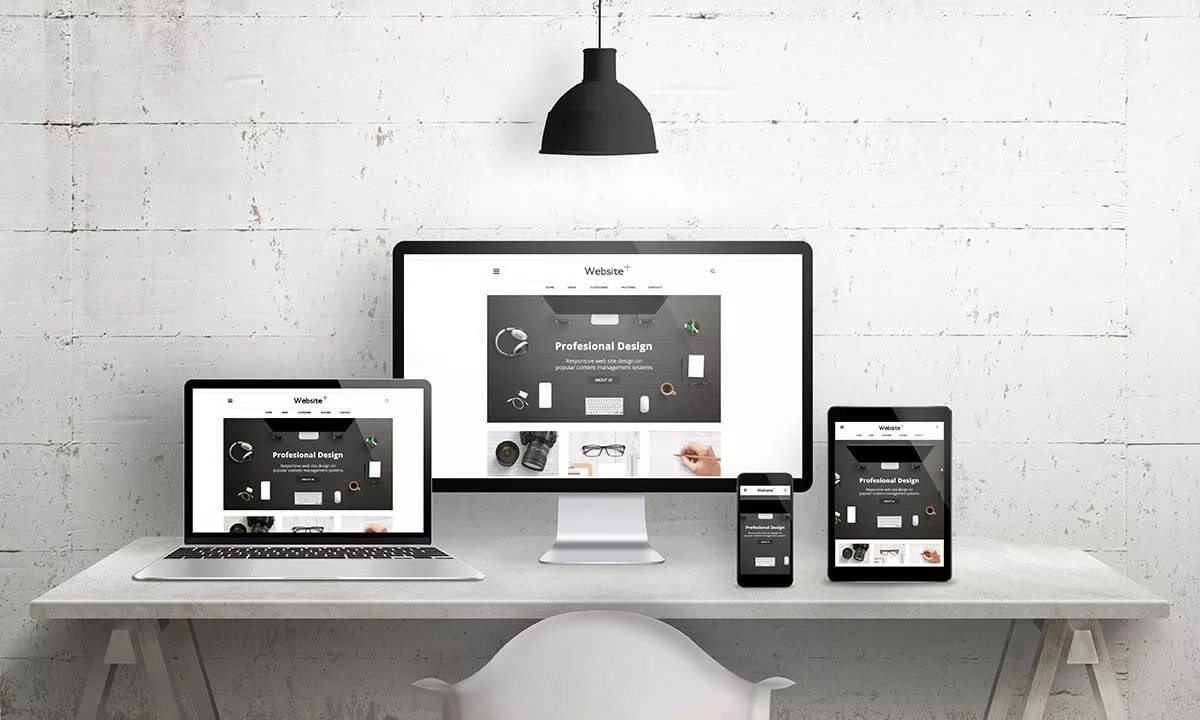By The Pollack Group
Accessibility is crucial in today’s society, and part of this involves designing websites to be more conducive to those with disabilities. The agency was featured in the Forbes Agency Council’s latest piece, ’11 Effective Strategies For Designing Accessible Websites’ View the original article on Forbes. The No. 7 contribution is from agency president Stefan Pollack.
7. Tag And Be Descriptive
Not everyone can see pictures. This is a major problem for visually-impaired individuals who rely upon audio transcriptions of website text, but also some people have older machines, have blocked ads and images, or are running high-performance browsers. Always assume someone will view it without images and compensate by making sure each image is tagged with descriptive and relevant text. – Stefan Pollack, The Pollack Group
—
1. Use An ADA Checklist For Accessibility
One of the best things a website designer can do for Americans with Disabilities (ADA) compliance is to rely on a checklist and not their own intellect or intuition. Build or acquire a checklist for ADA compliance and then follow it every time you build or launch a website. It will help ensure you don’t miss a critical step. – Greg Trimble, Lemonade Stand
2. Seek Expert Guidance
The Americans with Disabilities Act requires a website to let assistive technology enable a person with a disability to use the information equally. The one strategy is that you are probably not the accessibility expert across the many potential disabilities, such as colorblindness or hearing impairment. Seek expert guidance, starting with an accessibility audit. – Jim Caruso, M1PR, Inc. d/b/a MediaFirst PR – Atlanta
3. Look At The Big Picture
Any aspect of your website can create a potential barrier, and accessibility should be considered throughout the design process. From the color scheme to graphics, think about how each element might be hard to navigate, and then take a step back and see how these elements work together, too. Every visitor should receive the same, flawless experience regardless of how they access your website. – Hannah Trivette, NUVEW Web Solutions
4. Work With A Respected Team
As simple as it sounds, this is one of those features that is almost always overlooked by a website design firm. For that reason, it is very important to ensure that you are able to create a culture of understanding and working with a design firm that is going to allow you to prove your commitment to ensuring you have a site that is friendly to those with disabilities. – Jon James, Ignited Results
5. Don’t Rely On A Mouse Or Trackpad
One simple strategy to keep in mind when designing for accessibility is to not rely on a mouse or trackpad. Most web accessibility tools for people with disabilities use keyboard-only navigation done with the “Tab” key. So for a website to truly be accessible, all of the content, forms and links must be usable with the keyboard. – Nishank Khanna, Demand Roll
6. Design For Mobile And Light Sensitivity
There is absolutely no excuse to not have your site mobile-friendly. Half of your visitors will be on a mobile device, and you need to customize your site for them or risk losing them forever. Another thing to keep in mind is deigning for those with sensitivity to light, particularly flashing light. While a strobe effect can certainly grab attention, it is annoying to most, and dangerous for others. – Jason Hall, FiveChannels Marketing
7. See Above
8. Turn Up Your Story, Without Sound
With all the new ways of communicating your brand’s message on your website, remember that not all visitors can hear it. From video to podcasts, these are great storytelling platforms. Make it easy for your deaf/hard-of-hearing visitors by adding closed captioning into videos and including a transcribed version of your podcasts on your site. – Lori Paikin, NaviStone®
9. Be Careful With Color
The colors you choose for your website design can make or break a visitor’s user experience. Even seemingly universal visual indicators such as green for “go” and red for “stop” can be lost completely on users with red-green deficiency. Steer clear from red/green and blue/yellow combinations and stick to high-contrast colors to make your website accessible to users across the color deficiency spectrum. – Adam Binder, Creative Click Media
10. Enable Resizable Text Features
One best practice for accessible websites is to enable resizable text. Many devices and browsers allow the user to resize text, which is essential for users with visual impairment. I recommend designing your site to use relative sizes, which allows your text to scale and helps make your site responsive. Also, make sure to not “turn off user scalability,” as it makes resizing the text challenging. – Alex Membrillo, Cardinal Digital Marketing
11. Use Chrome’s Lighthouse Tool
A handy tool for benchmarking accessibility is the open-source Lighthouse tool built into Chrome via the Audit tab by dropping in any URL and getting a score back against a variety of factors including performance. Next, you can stack-rank these and use a tool like Github for issues with your development team to begin making progress and having a common number everyone can reference for improvement. – Jacob Cook, Tadpull
For more agency insights, visit our WellRed archives






